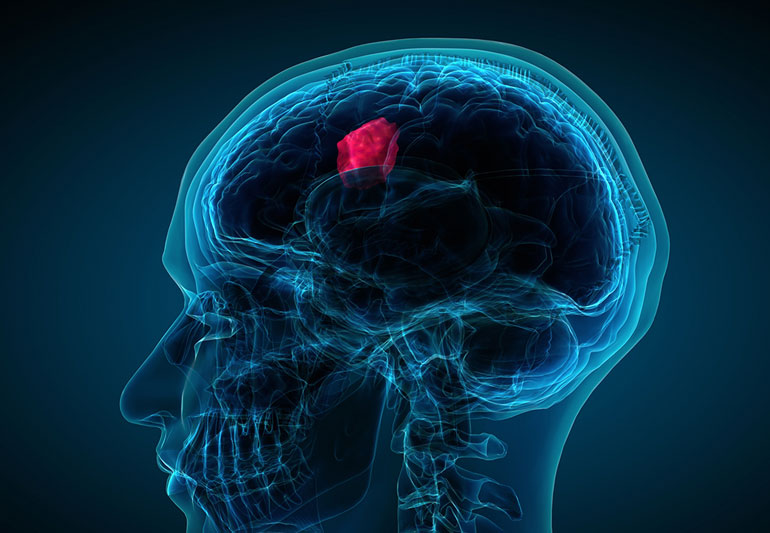WE GIVE THE BEST SERVICES
Glomus Tumors
Schwannoma
Craniopharyngioma
Blood Clot
Pituitary Adenoma
Ependymoma
Oligodendroglioma Medulloblastoma
OLIGODENDROGLIOMA MEDULLOBLASTOMA
Medulloblastoma and Oligodendroglioma is primary tumor of the central nervous system (CNS). This indicates that it begins in the brain or spinal cord. If possible, a part of tumor tissue will be removed during surgery to obtain an accurate diagnosis.
CAUSES OF OLIGODENDROGLIOMA AND MEDULLOBLASTOMAS
Cancer is a genetic disorder, which means that it is caused by changes in genes that control how our cells function. In many types of cancer, genes can be mutated (changed), causing cancer cells to grow and spread. The cause of the majority of medulloblastomas is unknown. A small percentage of childhood medulloblastomas are caused by gene changes that are passed down through families. There is no known cause of medulloblastomas in adults.
Astrocytoma
Glioblastoma Multiforme
Glioma
Plexus Papilloma

Brain tumors are abnormal growths of cells in the brain. They can be benign (non-cancerous) or malignant (cancerous). The symptoms and treatment options can vary depending on the type, size, and location of the tumor.
Types of Brain Tumors:
Primary Brain Tumors: These tumors originate in the brain itself and can be either benign or malignant. They are further classified based on the type of cells they arise from:
- Gliomas: These tumors develop from glial cells, which are supportive cells in the brain. Gliomas include astrocytomas, oligodendrogliomas, and ependymomas.
- Meningiomas: These tumors arise from the meninges, the protective layers surrounding the brain and spinal cord.
- Pituitary adenomas: These tumors develop in the pituitary gland, a small gland located at the base of the brain.
- Schwannomas: These tumors originate from Schwann cells, which produce the myelin sheath covering nerves.
Dr. Bikramjeet Singh is Best Brain Tumor specialist in Jalandhar Punjab
Metastatic Brain Tumors: These tumors begin as cancer elsewhere in the body and spread to the brain. Common primary cancer sites that metastasize to the brain include the lungs, breast, colon, and skin (melanoma).
Symptoms of Brain Tumors:
- Headaches, which may worsen over time or with certain activities
- Seizures
- Nausea and vomiting
- Weakness or numbness in the arms or legs
- Changes in vision, speech, or hearing
- Difficulty with balance or coordination
- Personality or behavior changes
- Cognitive impairment
Treatment Options:
Treatment for brain tumors depends on several factors, including the type, size, location, and grade of the tumor, as well as the patient’s overall health. Treatment options may include:
- Surgery: Surgical removal of the tumor is often the first-line treatment when feasible, especially for accessible tumors.
- Radiation Therapy: This involves using high-energy radiation to kill cancer cells or shrink tumors.
- Chemotherapy: Drugs are used to kill cancer cells or stop their growth.
- Targeted Therapy: Drugs or other substances are used to identify and attack specific cancer cells without harming normal cells.
- Immunotherapy: This treatment uses the body’s immune system to fight cancer.
Best Brain Tumor specialist in Jalandhar
Prognosis:
The prognosis for brain tumors varies widely depending on factors such as tumor type, size, location, and the patient’s overall health. Some tumors are highly aggressive and have a poor prognosis, while others are slow-growing and more manageable. Early detection and treatment can significantly improve outcomes.
Managing a brain tumor diagnosis can be overwhelming, but there are many resources and support networks available to help patients and their loved ones navigate this journey. It’s essential to work closely with a multidisciplinary team of healthcare professionals to develop a personalized treatment plan and receive the necessary support.
